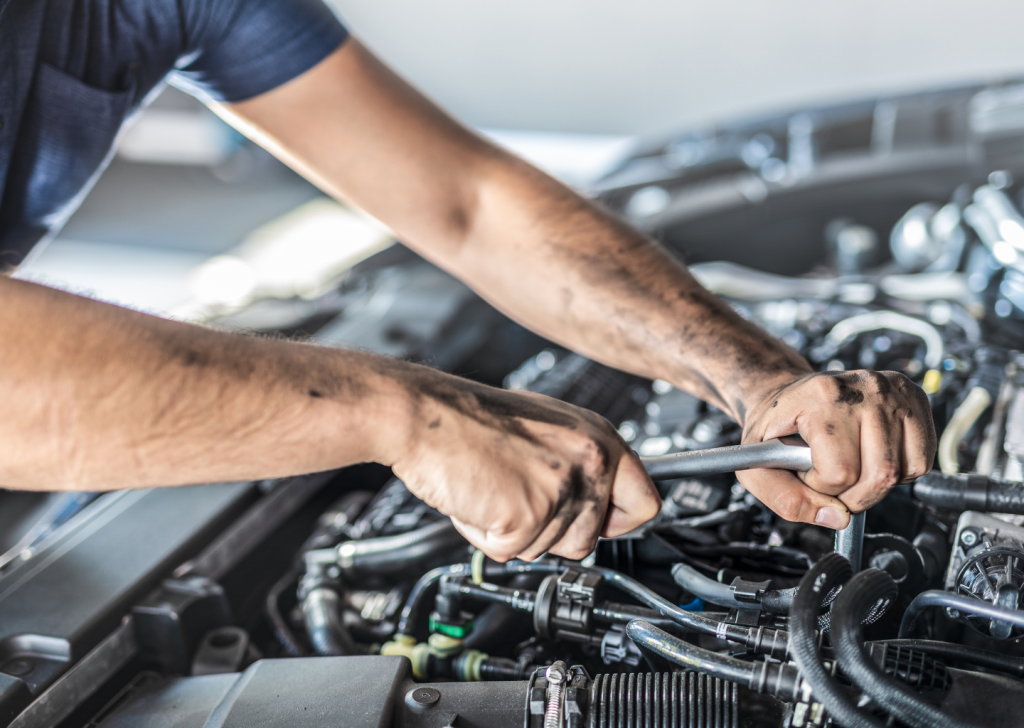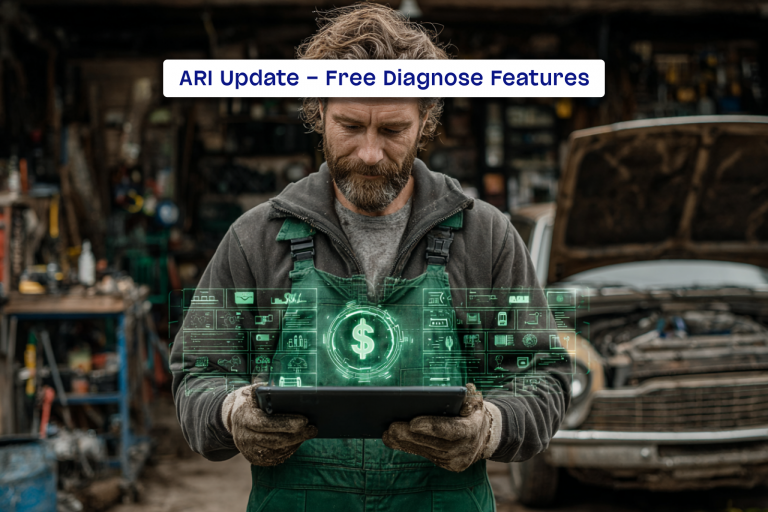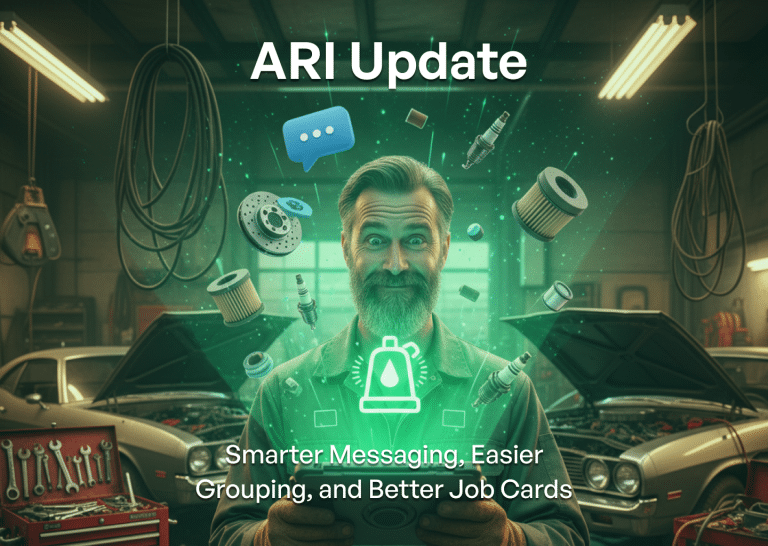Times are changing fast in the auto repair industry. Auto repair owners can face challenges such as rising repair costs to looming tariffs, and from the growing popularity of do-it-yourself (DIY) car maintenance to the shift toward electric vehicles (EVs), it can feel daunting to keep up. However, these market changes can become catalysts for growth with the right strategies. Below, we delve into the key trends shaping the industry and how your shop can adapt.
1. Addressing Rising Repair Costs
Why Repair Costs Are Increasing
Several factors contribute to higher repair costs in today’s market. The supply chain continues to feel the ripple effects of global disruptions, leading to more expensive parts. Vehicles themselves are becoming more complex, incorporating advanced technologies like driver-assistance systems that require specialized tools and expertise to service. Labor rates also rise as auto repair shops invest in training and upskilling their technicians.
The Risk of Delayed Repairs
When prices go up, many customers choose to delay or skip certain repairs altogether—a decision that can lead to greater expenses down the road. Small issues, such as a simple brake pad replacement, can escalate into major problems like rotor damage if left unaddressed. Once an auto repair customer has a large repair bill, you risk damaging trust and losing repeat business.
Strategies for Transparency
- Detailed Estimates: Providing customers with a thorough breakdown of parts and labor clarifies the repair process. When customers see exactly where their money is going, they’re more likely to perceive it as a fair cost.
- Payment Options: Offering “repair now, pay later” solutions—such as in-house financing or third-party payment plans—helps customers manage expenses without postponing critical work.
- Proactive Maintenance Messaging: Emphasize how timely upkeep prevents larger, costlier problems in the future. Educating clients about the role that routine checks and services play in vehicle longevity can foster a sense of partnership rather than purely transactional interactions.
2. Preparing for Potential Tariff Hikes
The Potential Impact of a 25% Tariff
Recent discussions around imposing a 25% tariff on automotive parts from Mexico and Canada could directly impact the aftermarket. Even if the tariff does not materialize or is lower than projected, the mere possibility can send ripples throughout the supply chain. Prices for imported components may rise, forcing repair shops to rethink their sourcing strategies and pass higher costs on to customers.
Stocking Up on Essentials
- Build-Up Inventory: Stocking frequently used parts—such as filters, brake pads, and common sensors—can safeguard your shop from sudden price increases or supply shortages.
- Negotiating Contracts: Proactively seek out favorable terms from your existing and new vendors. Long-term contracts can offer a degree of price stability, ensuring you don’t face sudden cost spikes.
- Inventory Management Tools: Modern software solutions use predictive analytics to help maintain optimal stock levels. Proper forecasting prevents both overstocking and expensive shortages, maximizing your cash flow.
Long-Term Outlook
While tariffs may introduce uncertainty, having a cushion of essential parts and strong vendor relationships allows you to adjust your pricing strategy and remain competitive. Customers will appreciate consistent pricing even if external economic factors are in flux.
3. Competing with Emerging DIY Trends
The Rise of DIY Auto Repair
A growing online community of car enthusiasts is turning to YouTube tutorials and tool-sharing platforms to do their basic vehicle upkeep. Consumer interest in saving money has fueled this trend, along with the pride that comes from fixing one’s own car. This rise in DIY culture can present challenges for professional repair shops.
Positioning Your Shop as an Expert
- Advanced Diagnostics & ADAS: Modern vehicles often come equipped with Advanced Driver-Assistance Systems (ADAS) that require specialized tools and training to calibrate correctly. By marketing these high-level services, you carve out a niche that’s difficult for hobbyists to replicate.
- EV Maintenance & Repairs: Electric vehicles are becoming increasingly popular. Servicing EV batteries, motors, and electrical systems calls for certified technicians and high-tech equipment—reinforcing your position as the go-to professional resource.
- Hybrid & Specialized Services: Don’t overlook hybrid vehicles and other specialized services like performance tuning for enthusiasts. The more expertise your shop can offer, the more valuable you become to a broader range of customers.
Building Trust Through Education
- Workshops & Seminars: Host weekend workshops covering straightforward tasks like oil changes, tire rotations, or minor fixes. Offering these classes helps you positively engage with the DIY community and establish trust.
- DIY Kits with a Twist: Create branded starter kits for minor fixes but include information on when it’s necessary to consult a professional. This approach shows that you respect customers’ willingness to learn while positioning your shop as the expert for advanced work.
Bottom Line
The auto repair landscape is shifting faster than ever. Parts cost more, tariffs might drive those costs up further, and more people are looking into DIY fixes. But with a clear approach to pricing, smart inventory moves, and a focus on the advanced repairs that DIYers can’t handle, you can keep your bays busy and your customers happy.
Play it smart, hustle a little harder, and you’ll stay ahead of the curve—no matter what the industry throws at you.







